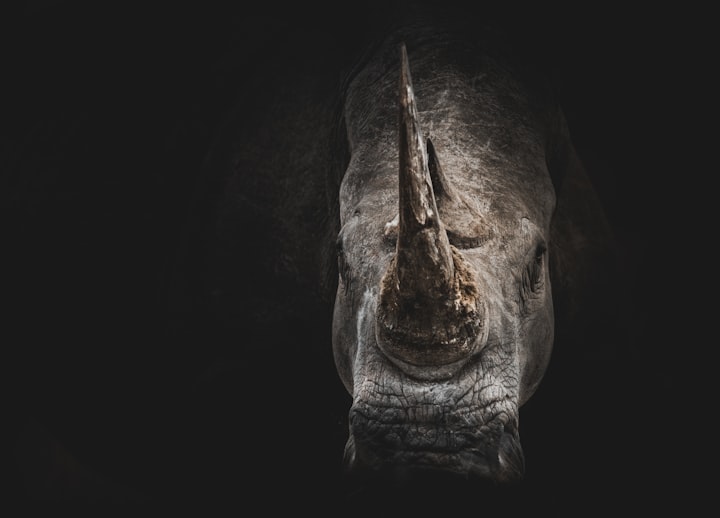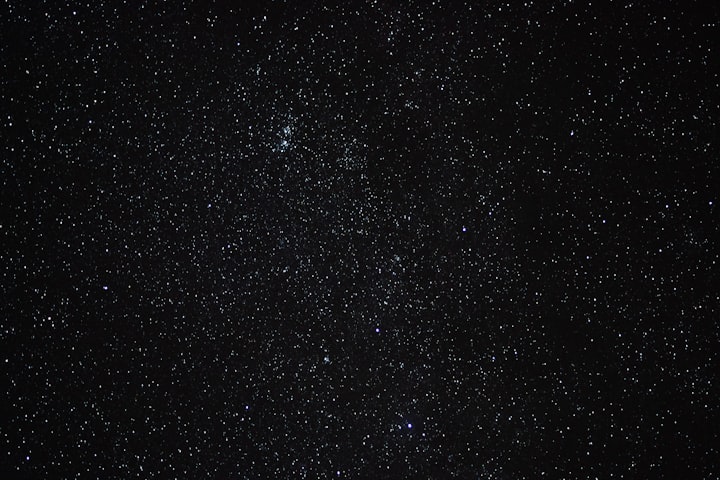
Start writing...When a species becomes extinct, all its genetic heritage is lost. The species evolve into new species in order to adapt to the environmental changes or changes in the genetic heritage.
Over 99% of all the species that once lived on the Earth, amounting to over five billion species, are estimated to be extinct. As per the estimations on the number of current species, a range from 10 -14 million, of which more than 1.2 million have been studied and more than 86% have not yet been discovered.
This could happen naturally due to a change in the climate or because of human activities like overhunting or the destruction of habitat.
Causes of Extinction
The important causes of extinction include:
Asteroid Strikes
A meteor strike on the Yucatan peninsula in Mexico led to the disappearance of dinosaurs millions of years ago. Most of the mass extinctions, such as KT extinction or Permian-Triassic extinction, were caused due to such events. Astronomers constantly keep an eye on comets or meteors that could lead to the end of human civilization.
Climate Change
Climate change is yet another factor that could destroy terrestrial organisms. During the end of the last ice age, most of the megafauna were unable to adapt to the changing warm temperatures. They died due to a lack of food and hunting by early humans. Even modern civilization is stepping towards the threat of extinction due to global warming.
Disease
Various epidemics had been the cause of the epidemic of a large population of humans and animals on earth. The Black Death wiped out one-third of the European population in the Middle Ages.
Loss of habitat
Every animal has its own comfort zone where it can breed and raise its young ones. For e.g., a bird is comfortable only on the branch of a tree. Due to the expansion of human civilization and industrialization, the forests have been destroyed, which are an abode to most animals. Due to lack of space and eventually food, the populations of many organisms have been minimised.
Lack of Genetic Diversity
Once the number of species starts decreasing, the gene pool of that species grows smaller. Eventually, there is a lack of genetic diversity. For eg., due to habitat loss, the African cheetahs have a considerably low genetic diversity.
Better Adapted Competition
The better-adapted populations win over the ones that lag behind. For eg., the pre-historic mammals were better adapted than the dinosaurs. The ones which are well-adapted survive, while the others become extinct.
Pollution
The pollution from industries and vehicles has led to a drastic change in the oxygen levels in the atmosphere as well as water. This has led to the extinction of most of the aquatic as well as terrestrial species.
An endangered species is a type of organism that is threatened by extinction. Species become endangered for two main reasons: loss of habitat and loss of genetic variation
Loss of Genetic Variation
Genetic variation is the diversity found within a species. It’s why human beings may have blond, red, brown, or black hair. Genetic variation allows species to adapt to changes in the environment. Usually, the greater the population of a species, the greater its genetic variation.
Inbreeding is reproduction with close family members. Groups of species that have a tendency to inbreed usually have little genetic variation, because no new genetic information is introduced to the group. Disease is much more common, and much more deadly, among inbred groups. Inbred species do not have the genetic variation to develop resistance to the disease. For this reason, fewer offspring of inbred groups survive to maturity.
The Red List
The International Union for Conservation of Nature (IUCN) keeps a “Red List of Threatened Species.” The Red List defines the severity and specific causes of a species’ threat of extinction. The Red List has seven levels of conservation: least concern, near threatened, vulnerable, endangered, critically endangered, extinct in the wild, and extinct. Each category represents a different threat level.
Near Threatened
A near threatened species is one that is likely to qualify for a threatened category in the near future.
Many species of violets, native to tropical jungles in South America and Africa, are near threatened, for instance. They have healthy populations, but their rain forest habitat is disappearing at a fast pace. People are cutting down huge areas of rain forest for development and timber.





Comments
There are no comments for this story
Be the first to respond and start the conversation.